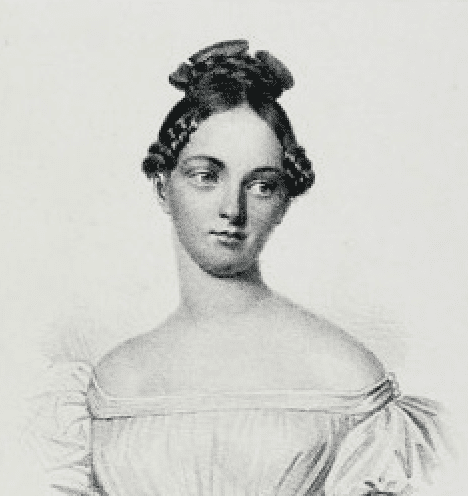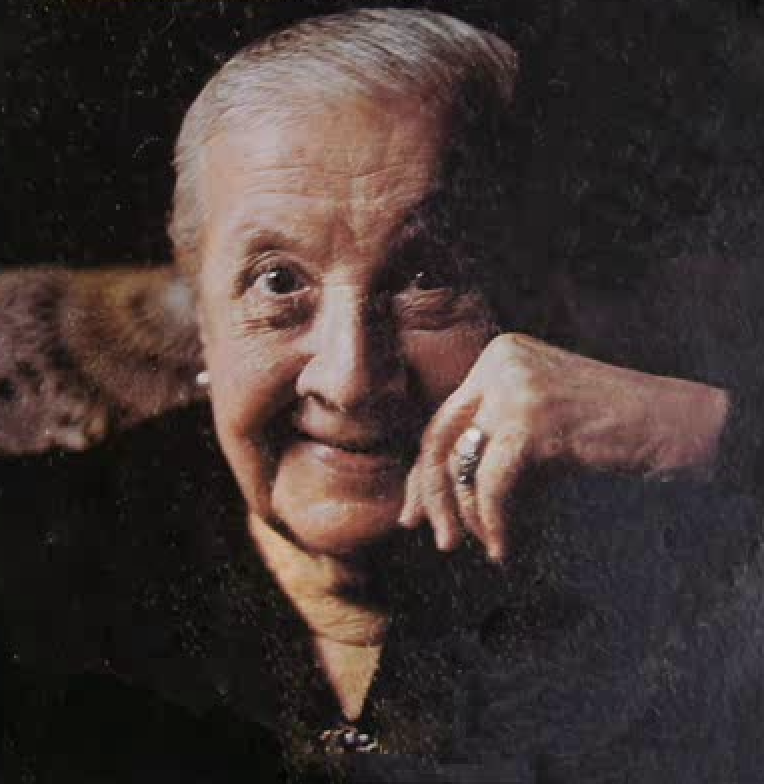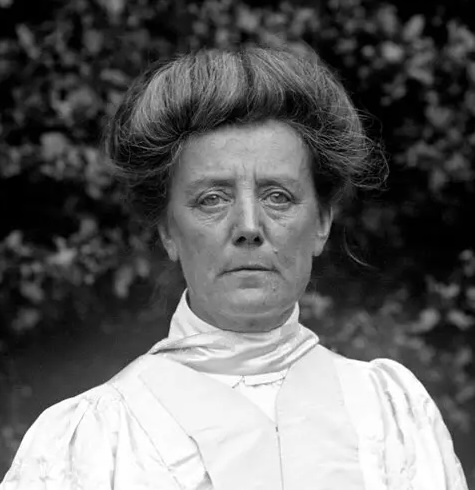Lili Boulanger had a tragically short life. She died at age twenty-four from intestinal tuberculosis, and spent much of her life in poor health, having contracted pneumonia as a toddler, which compromised her immune system. Still, in those twenty-four years she produced a wide variety of remarkable compositions, including many choral works and songs. The two recordings on this site come from her remarkable cycle of thirteen songs, Clairières dans le ciel (Clearnings in the Sky). Along with her sister Nadia, Lili Boulanger grew up in a musical family and her talents were recognized early. Scholars and performers are now recognizing her talents as well, and her works are entering the public consciousness—but she deserves to be heard more widely.
Additional Resources
- Beer, Anna. Chapter 7 of Sounds and Sweet Airs: The Forgotten Women of Classical Music, 243–85. Oneworld, 2016.
- Fauser, Annegret, and Robert Orledge. “Boulanger, Lili.” Grove Music Online, ed. Deane Root.
- Rosenstiel, Léonie. The Life and Works of Lili Boulanger. Fairleigh Dickinson University Press, 1978.
- Giesbrecht-Schutte, Sabine. “Lili Boulanger: Clairières dans le ciel—ästhetischer Ausdruck und musikalische Form.” Die Musikforschung 47 (1994): 384–402.
- Dopp, Bonnie Jo. “Numerology and Cryptography in the Music of Lili Boulanger: the Hidden Program in Clairières dans le ciel.” Musical Quarterly 78 (1994): 556–83.
- Davidson, Justin. “It’s Time We All Heard the Music of Lili Boulanger.” Vulture, January 7, 2020.
- Potter, Caroline. Nadia and Lili Boulanger. New York: Routledge, 2016.
- Clairières: Songs by Lili and Nadia Boulanger. Nicholas Phan, tenor, and Myra Huang, piano. Avie Records B081WVXQND, 2020, compact disc.
- My podcast episode about Boulanger’s song “Nous nous aimerons tant,” from Clairières dans le ciel.
Analytical Notes
Here are some analytical observations about one of the songs featured below. My hope is that these comments will be useful to those who would like to use Boulanger’s songs in the classroom, the private studio, or the recital hall.
“Nous nous aimerons tant,” from Clairières dans le ciel
Lili Boulanger was famous for her imaginative approach to harmony, and this song (the seventh song of Clairières dans le ciel is a perfect example). (You can find the score here.)
The speaker of Francis Jammes’s poem dreams of a more intimate relationship with his beloved, imagining a time when they will sit down together on a bench, under the shade of a tree, and clasp hands. As Caroline Potter suggests in her book Nadia and Lili Boulanger, the emphasis on future tense (“we shall love each other so,” “we shall be silent,” “you will be shaded by old branches,” “we shall both sit down,” etc.) suggests that the relationship may be more fictional than actual. Jammes blurs the boundary between dream and reality, present and future, suspending us in the realm of fantasy.
So does Boulanger—and the song’s mysterious, almost otherworldly sound stems largely from its harmonic language. Throughout, Boulanger uses parallel chords, with the kind of “planing” technique one often associates with Debussy. (Boulanger and Debussy never met, though they knew each other’s music.) The result is that the music to her song seems not so much to develop as to drift from one place to another, like vapors or vagrant thoughts.
Which is not to say there aren’t moments of tension. The melody often lands on pitches that are dissonant with the underlying harmonies, like the A natural on the word “main” (hand) in the second phrase, which grates against the underlying Eb9 harmony, a moment of musical exertion that indicates how much the speaker longs to feel the physical presence of his beloved. And toward the end of the song the harmony, previously expansive, tightens into a fist. After the line “sur le banc que je sais où nous nous assoierons” (on the bench where I know we shall both sit down), the music builds to a dense, double-forte cluster, C#-D-E#, which reverberates, like a shock wave, in the following measures.
Boulanger’s song has been structured around whole tones thus far—chords containing major 2nds, minor 7ths, and major 9ths, and even a bass line that outlines the notes of an entire whole-tone scale over the first nine measures—but now the language changes. Whole steps give way to half steps, and seventh chords and ninth chords to harsher sonorities. Even when the sevenths and ninths return, in the last three lines of the poem, the music retains this harshness: the chiming Db octaves in the extremes of the piano often clash with the chords between them, and in the piano postlude the right hand echoes a whole-tone melody (Db-Cb-Abb-Cb-Db) with a semi-tone one (Db-C-B-C-Db). You can feel the music trying—and failing—to return to the opening ease.
The tonal tightening in Boulanger’s song is key to her musical interpretation of the poem. The scene at the end, with lovers sitting hand in hand, may seem peaceful, but the music tells us it is a source of pain, a dream that can never be realized.




